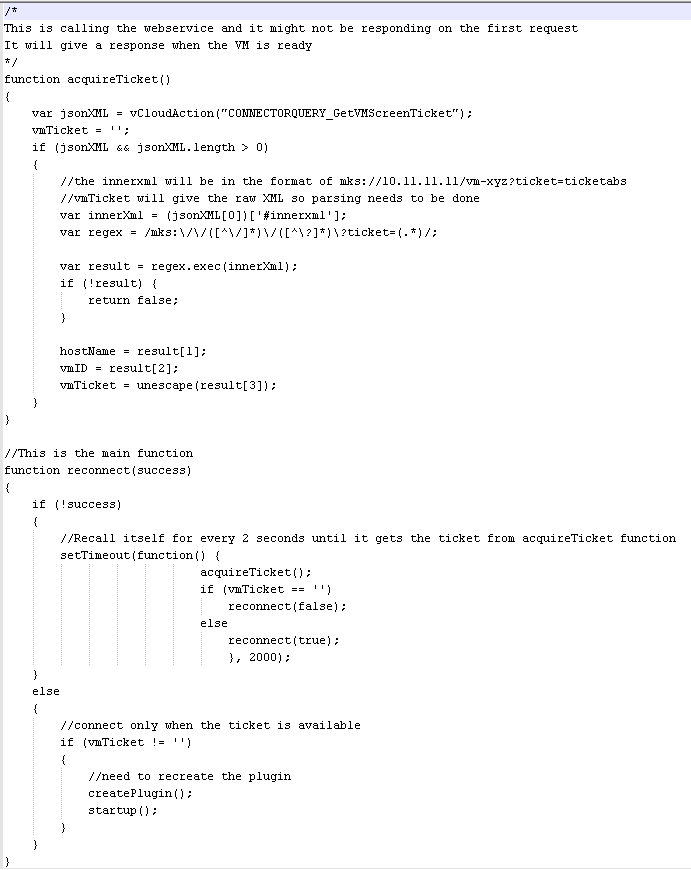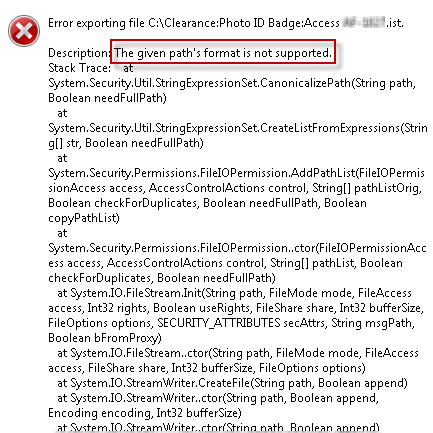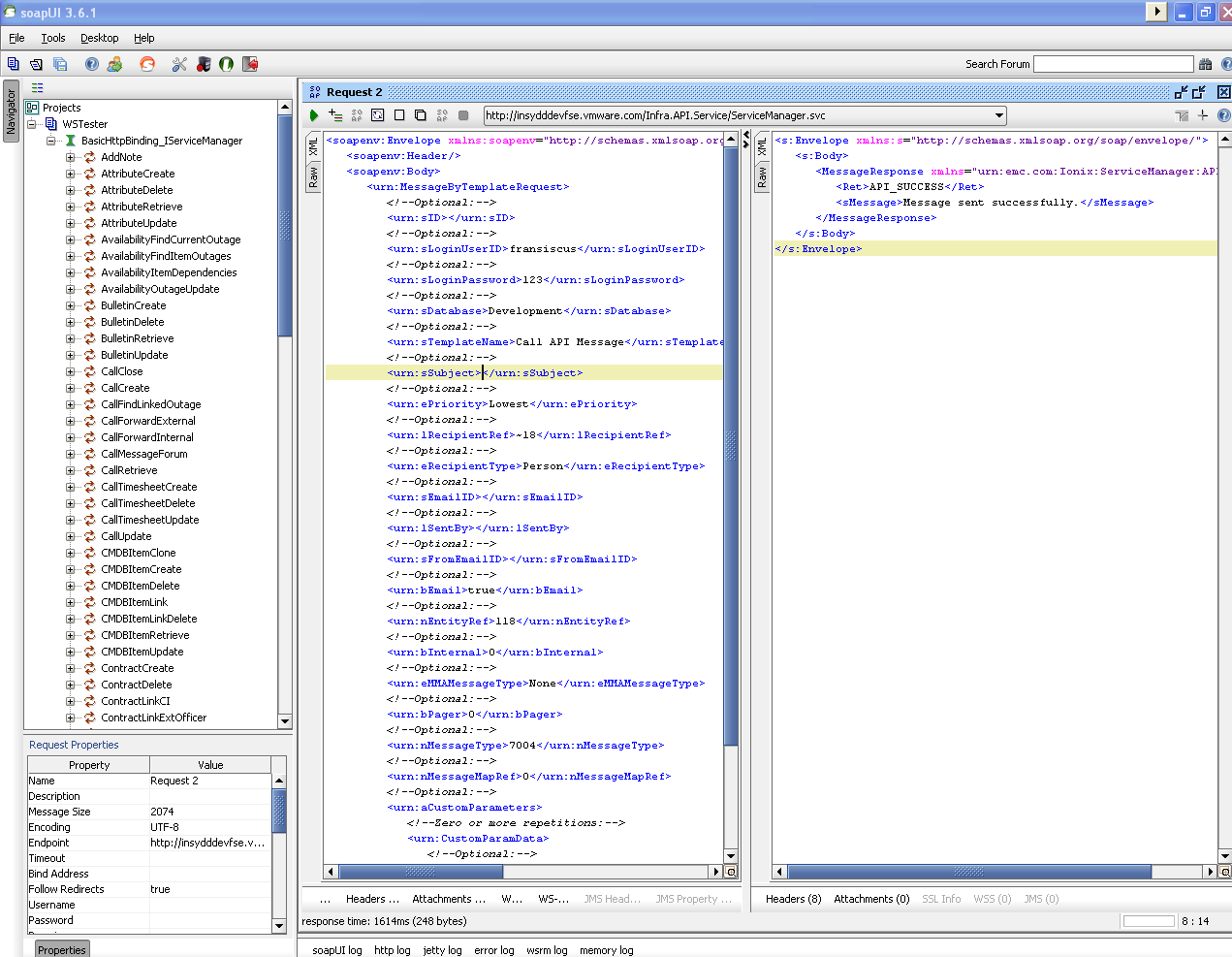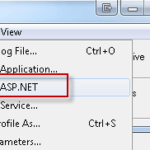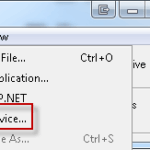I was struggling in finding out of how to make a simple delegate like in AJAX request through javascript. It takes me a few days to figure this out
Basically the problems are:
-I need to execute a piece code of javascript after getting the ticket from web service function
-The webservice function might not be responding to the first request because it waits for the state of the other external component
-The webservice will give the response when the external component is ready
-The client does not know when the external component is ready, neither the web service. But it wil be ready within 1-5 minutes which again depending external component
Possible Solution:
-Using the setTimeOut(function(){acquireTicket();}, 300000) will cause the application to wait for 5 mins before calling the web service , this approach will slowing down the user experience and waste of time because the external component can be ready earlier than 5 mins
-Using the while loop is not good because it makes the browser freezing while waiting and it will wasting the processing power because of the looping
Recommended Solution:
-Recall the function by itself using setTimeout Function using parameter to indicate whether it should go out of the loop or not
-The web service will be checked for every 2 seconds to check the response from the external component. Once the external component is ready then it will move on to execute the next line of code

